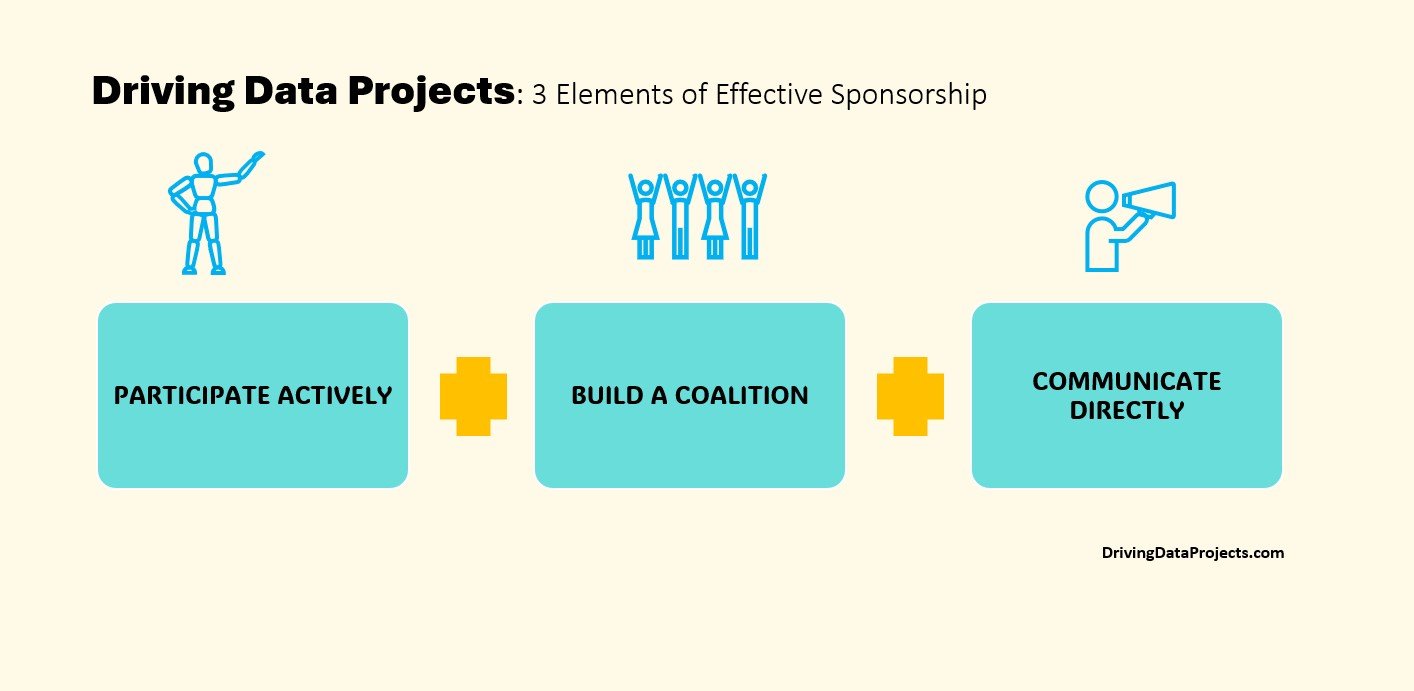3 Elements of Effective Sponsorship
A popular misconception of senior leadership is that effective executive sponsorship is a clearly understood skill. Many assume executives receive developmental feedback about becoming effective sponsors. Sadly, there is little training on sponsorship from middle management on up.
Leaders often accept sponsorship of an activity, not knowing what it entails. Some think it means sending a few enthusiastic emails about an initiative, propping up delegates in meetings, and moving on to the next thing. Some organizational cultures tolerate those actions as enough.
🎯WHAT DOES EFFECTIVE SPSONOSOR LOOK LIKE?
Active and visible sponsorship is the number one contributor to successful change. Executive leaders and senior managers who authorize fund and charter change initiatives must also actively lead and sponsor these changes. The Prosci PCT Model highlights three essential roles for success: [1]
👉PARTICIPATE ACTIVELY AND VISIBLY.
🔹Allocate the necessary resources and funding.
🔹Set expectations and establish clear objectives for the project.
🔹Hold the team accountable for results.
🔹Attend frequent project review meetings and actively review progress.
🔹Remove roadblocks and make prompt decisions on project issues.
🔹Be accessible to the project team; clear calendar when necessary to attend key events.
👉 BUILD A SPONSOR COALITION AND MANAGE RESISTANCE.
🔹Determine and communicate priorities between this change and other change projects.
🔹Establish alignment around the overall business direction and the objectives of this change; resolve conflicting operational objectives with other senior leaders and middle management.
🔹Recognize outstanding sponsors and manage resistance from those managers not supporting the change with their teams; enforce consequences for non-compliance.
👉 COMMUNICATE DIRECTLY WITH GROUP MEMBERS.
🔹Build awareness about why the change is necessary.
🔹Share the risks or costs of not changing.
🔹Show how this change aligns with the overall direction of the organization.
🔹Share the goals for this project and personal expectations.
🔹Listen and encourage feedback; be willing to answer tough questions.
🔹Communicate repeatedly to reinforce the message.
🌟WHY IS SPONSORSHIP SO IMPORTANT?
Sponsors spend their political currency to raise priority and urgency to efforts in a way that breaks silos and lifts barriers to increase collaboration, creating win-win opportunities. Tracking value drives accountability to everyone in the system and is the first step toward curating data as an asset.
While the ad hoc method is viable to get things started, it will only ever produce data “stuff" and will never curate or produce data as an intentional corporate asset. Why waste all that energy, enthusiasm, and talent on “stuff” versus pointing it toward cultivating an asset that adds value to the bottom line?
🌟What sponsorship stories do you have?
